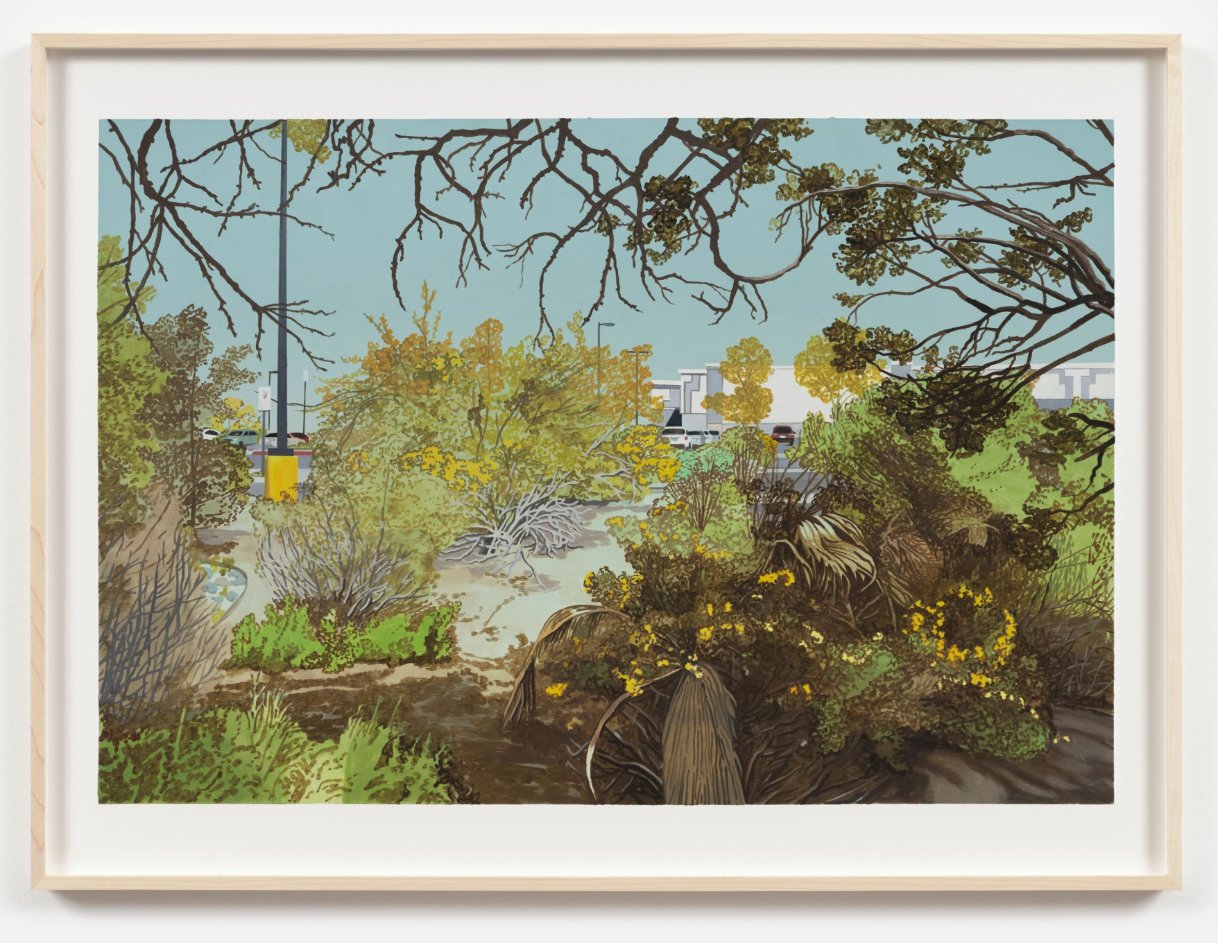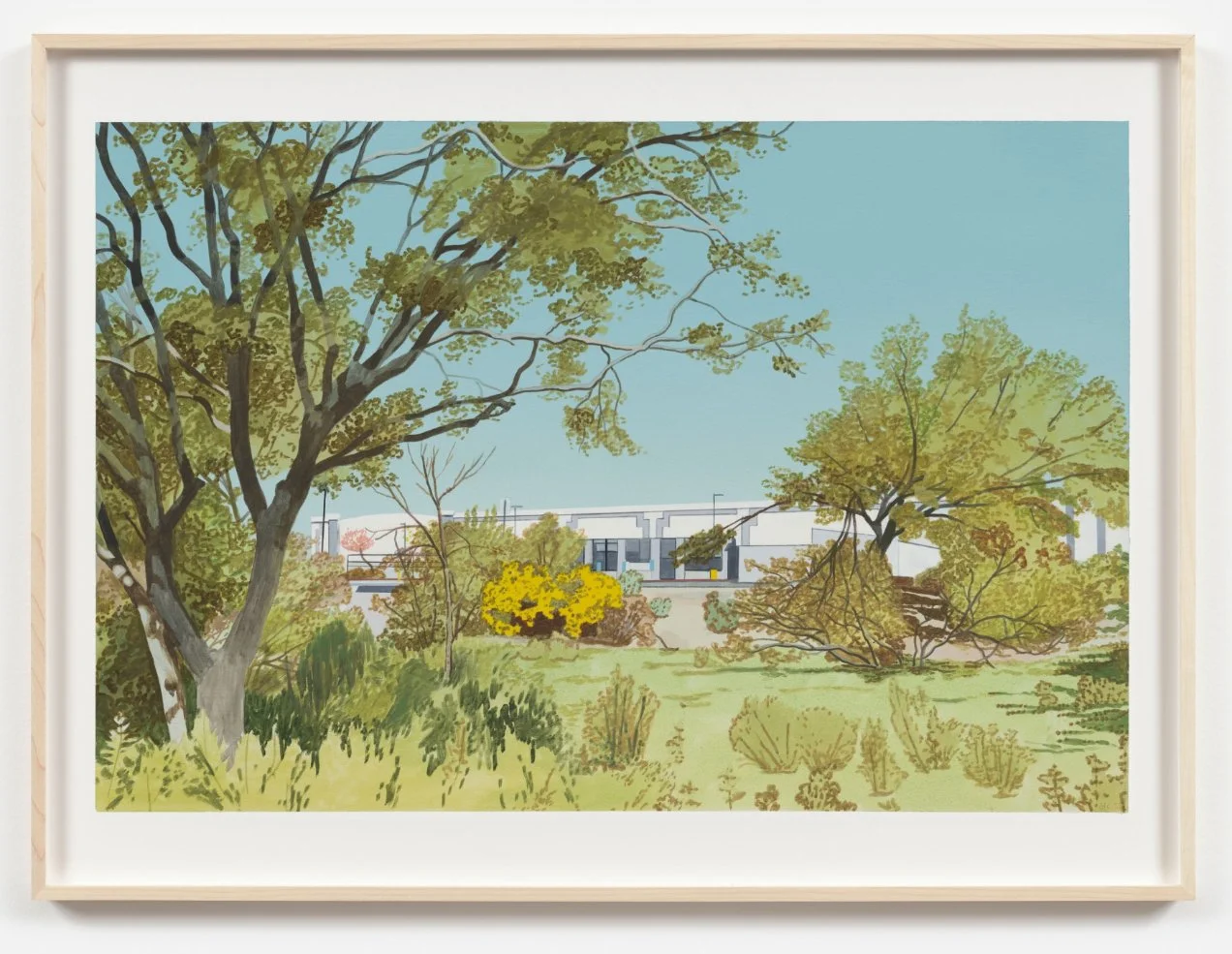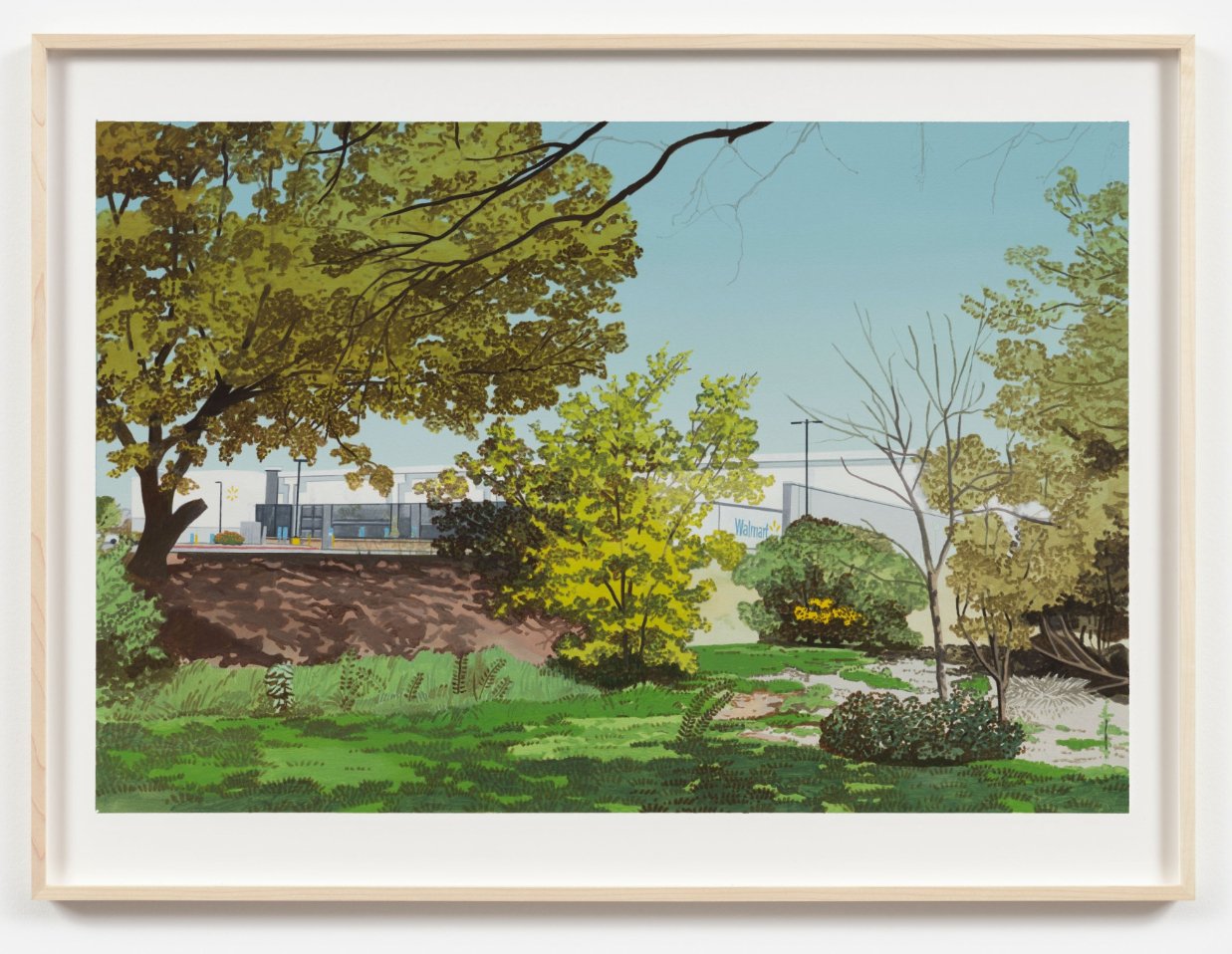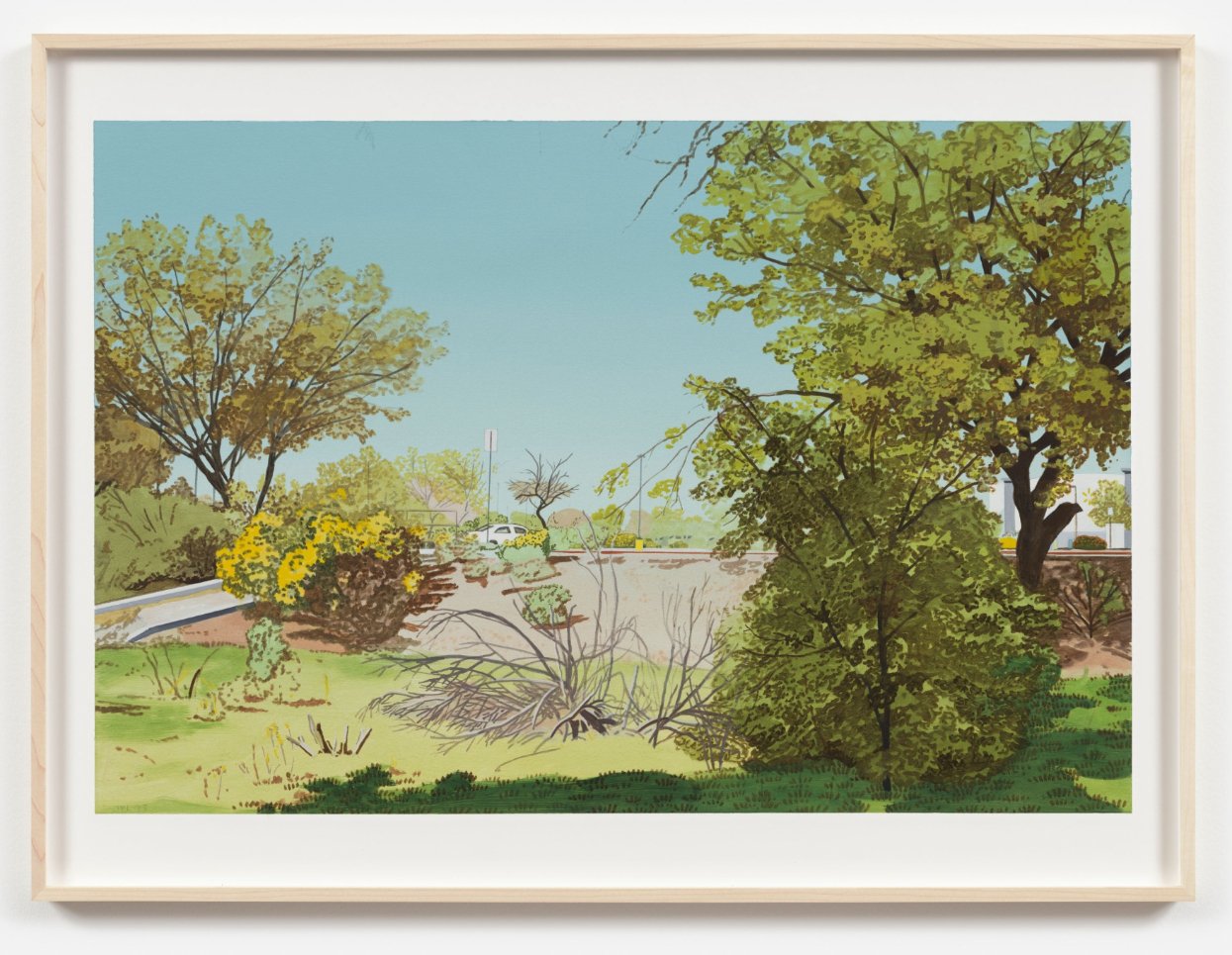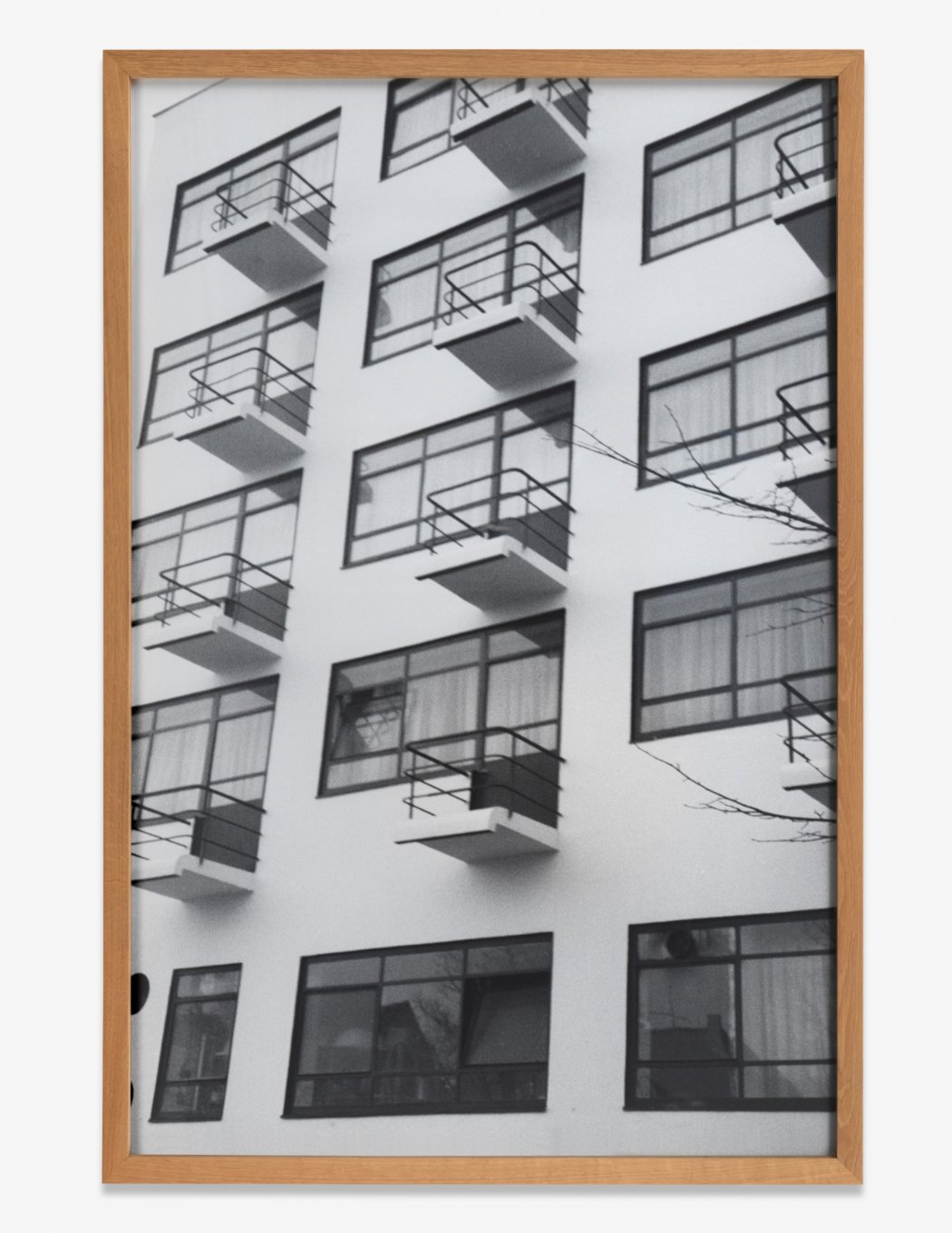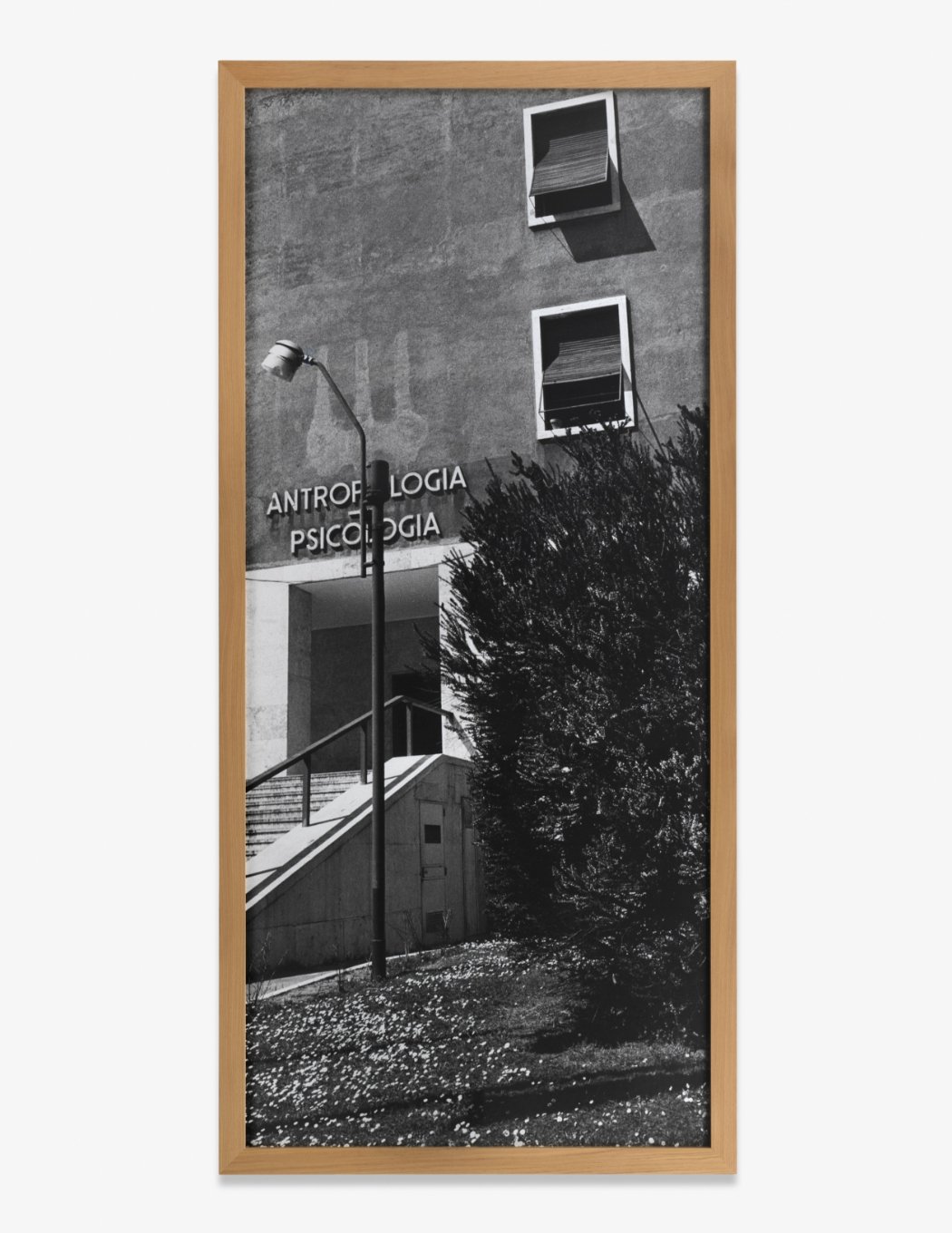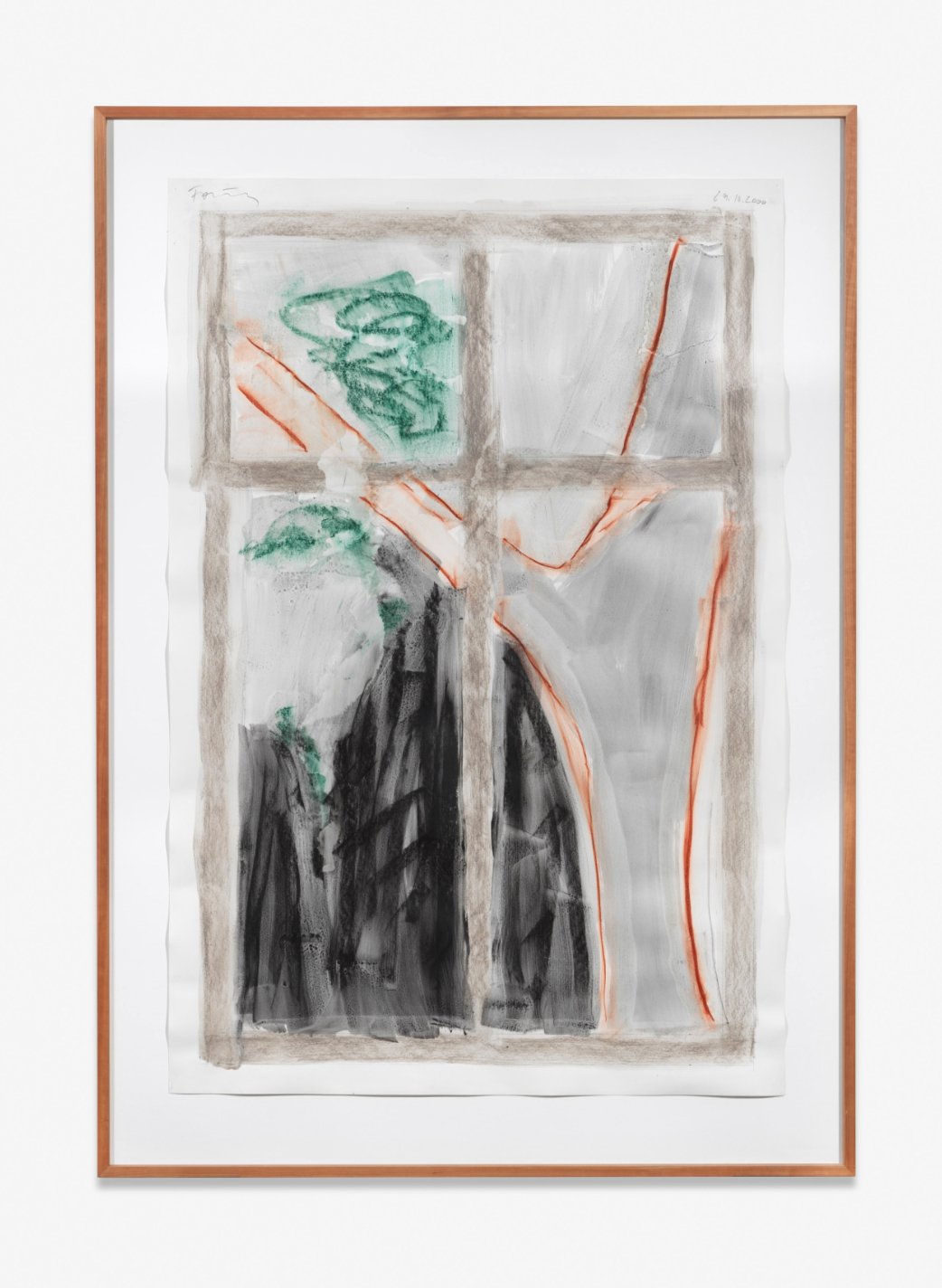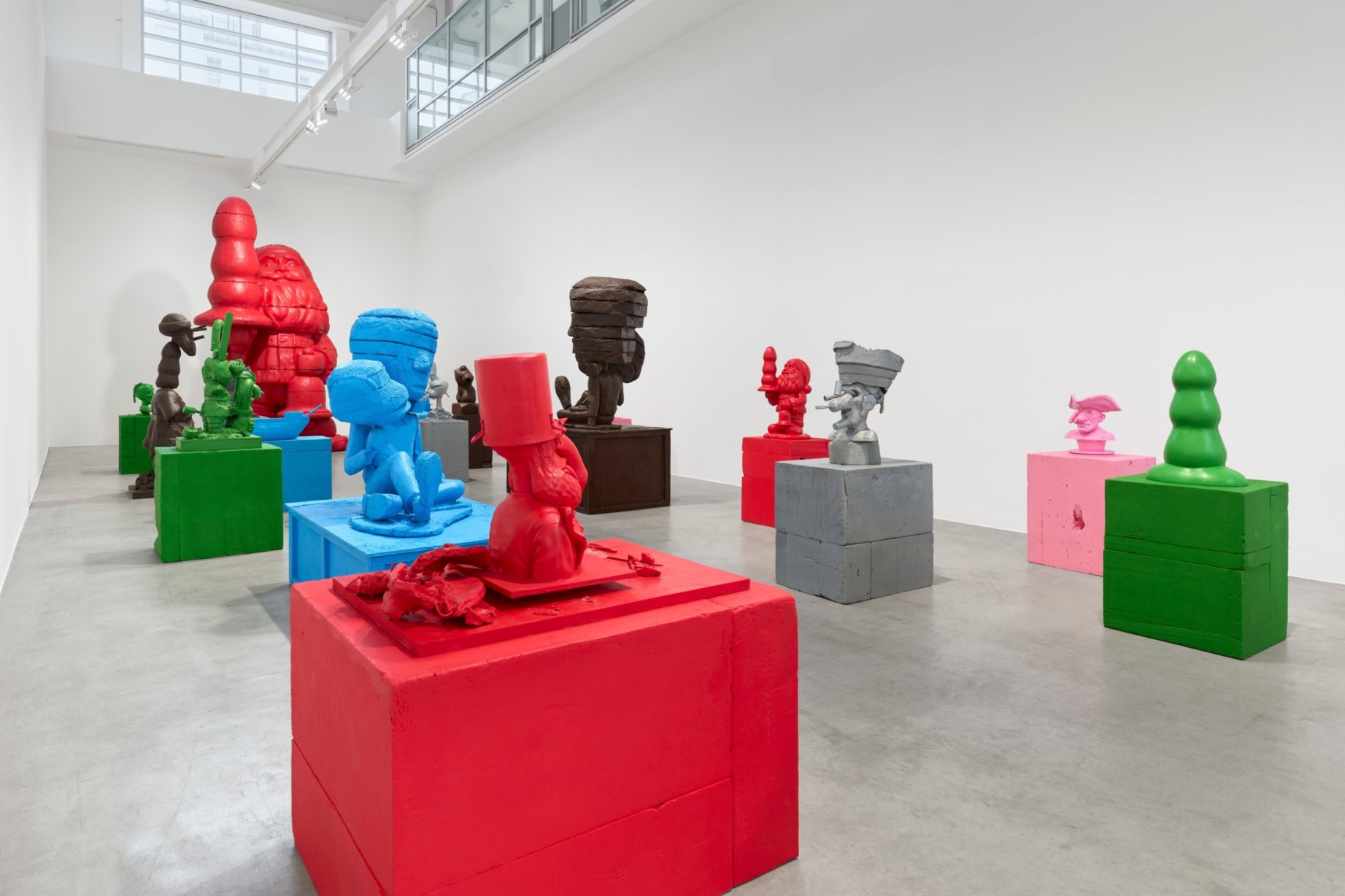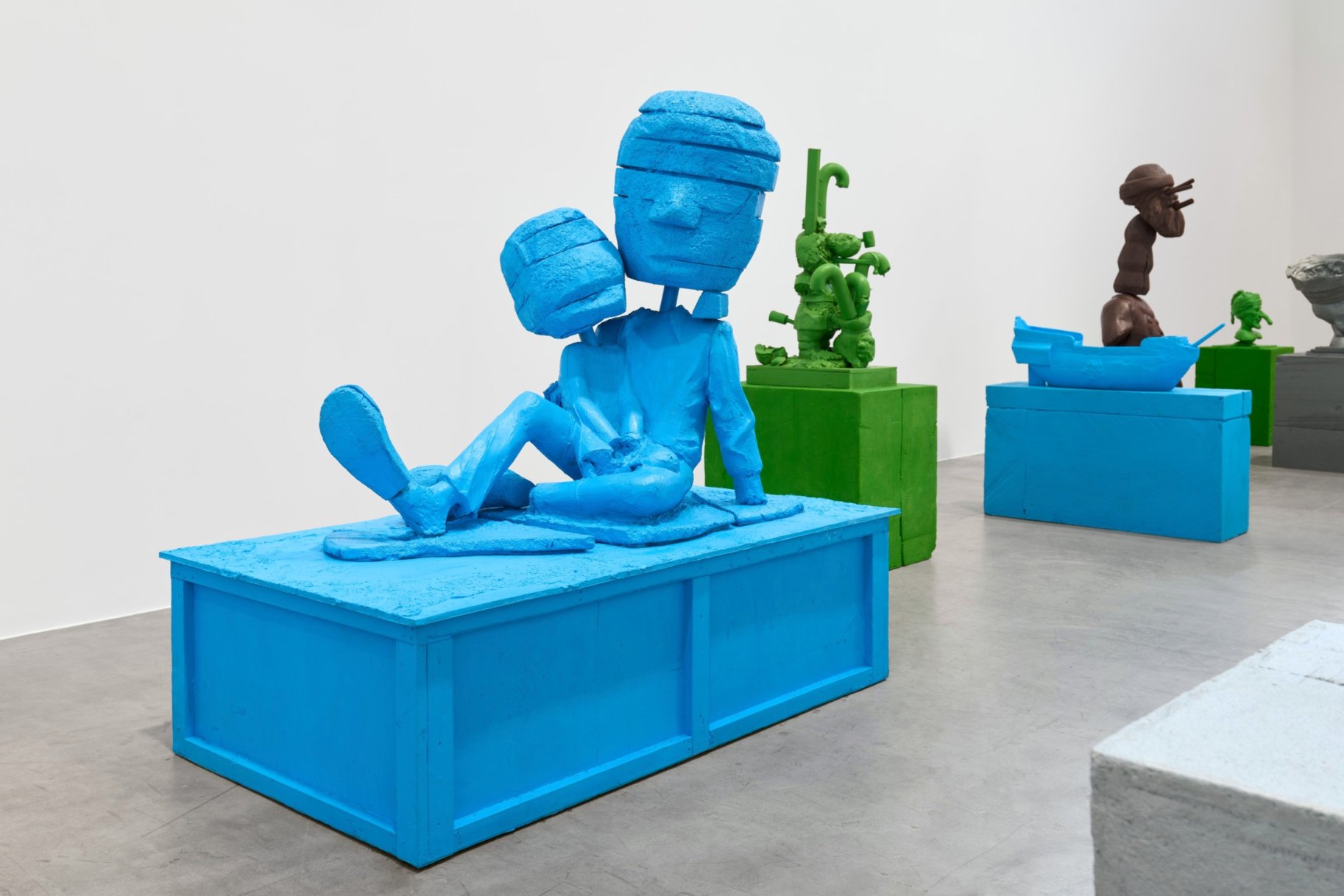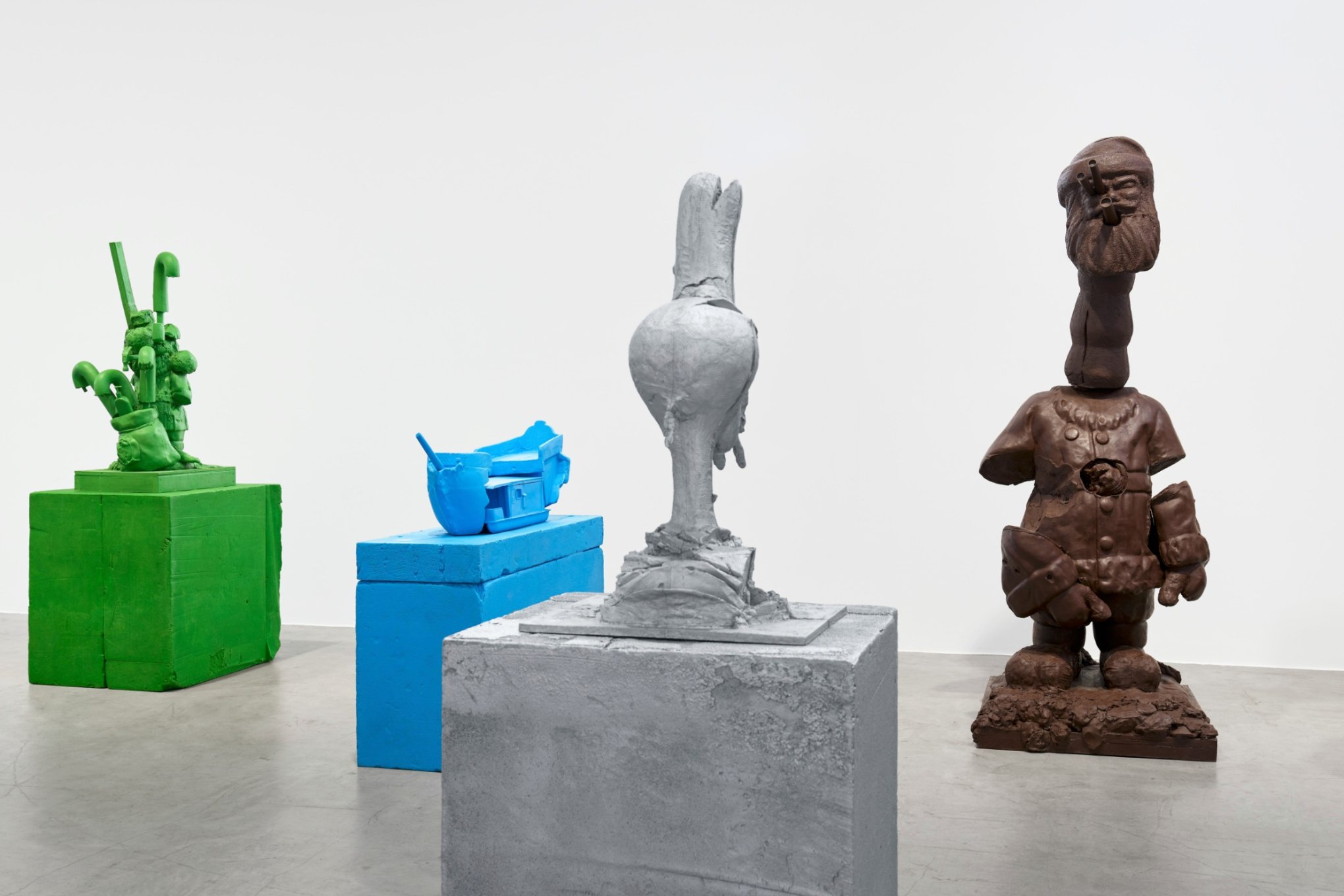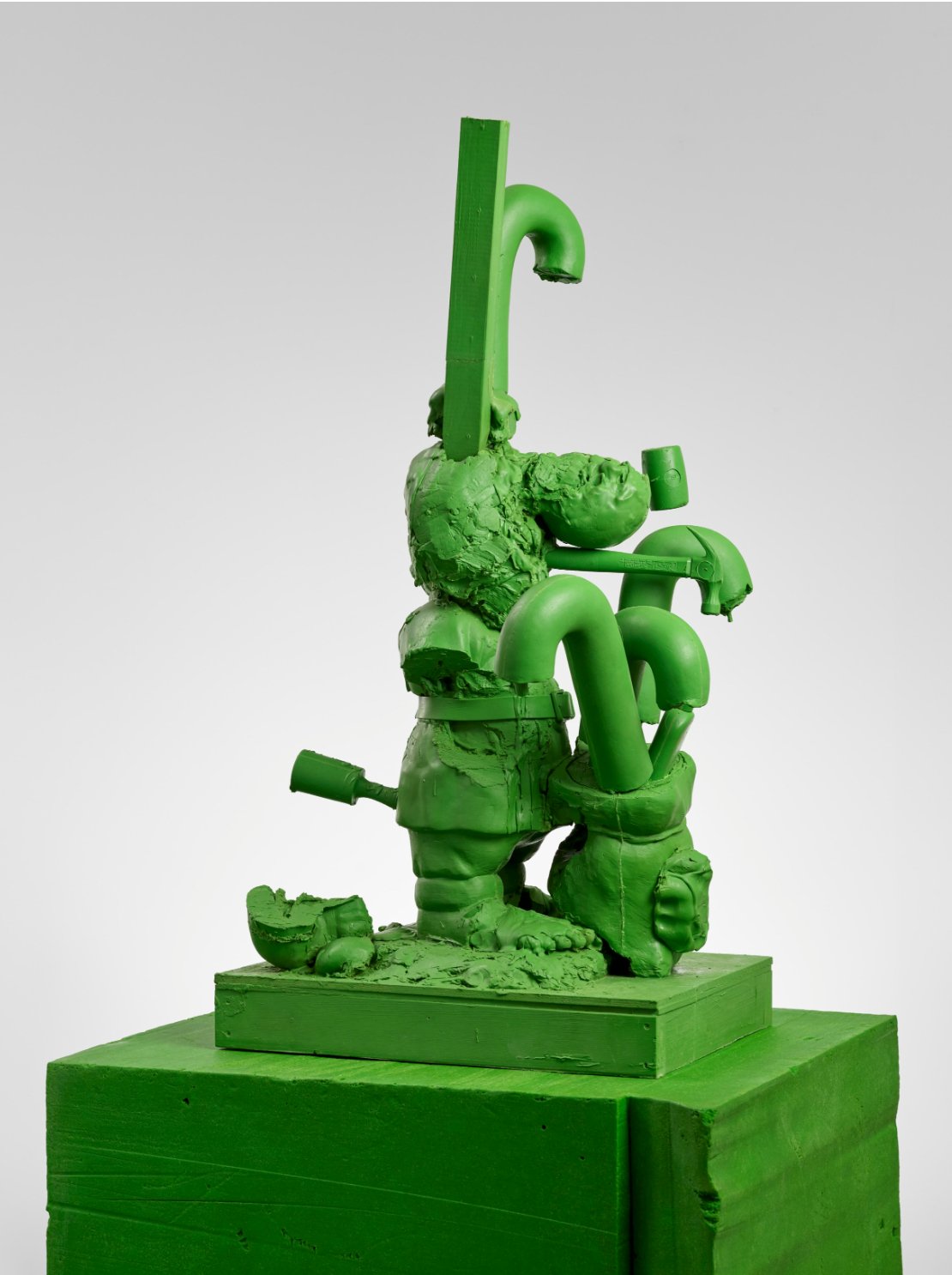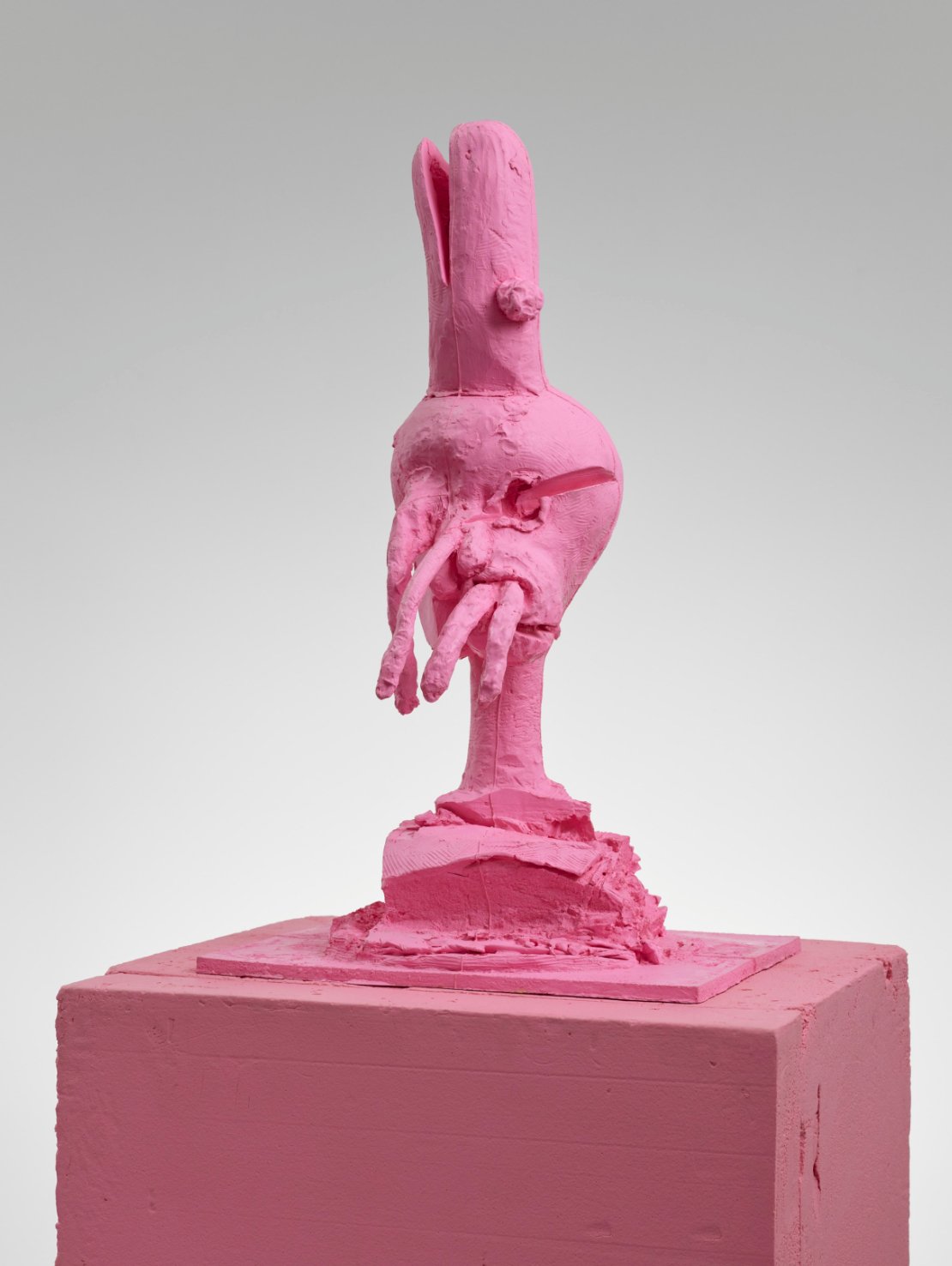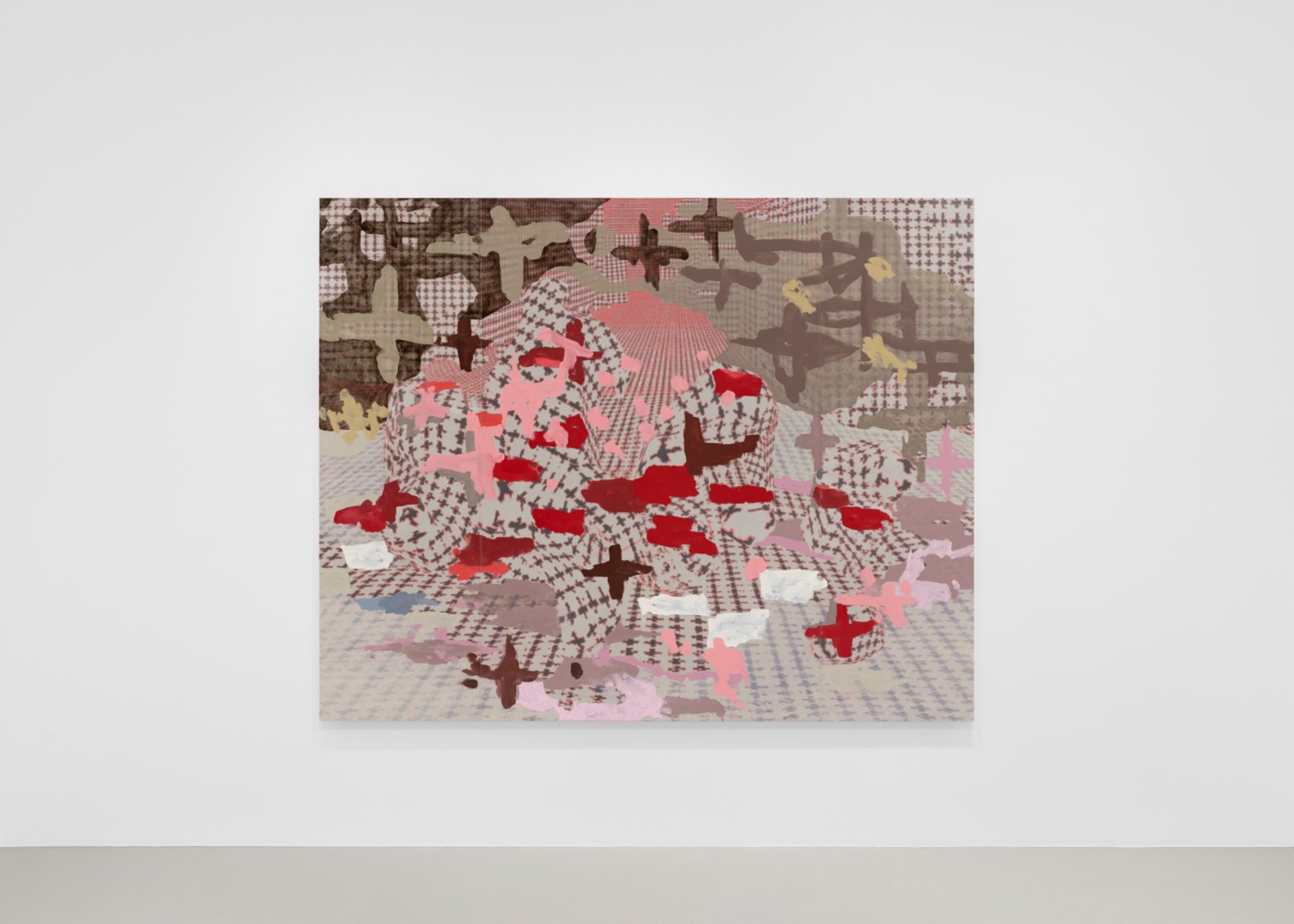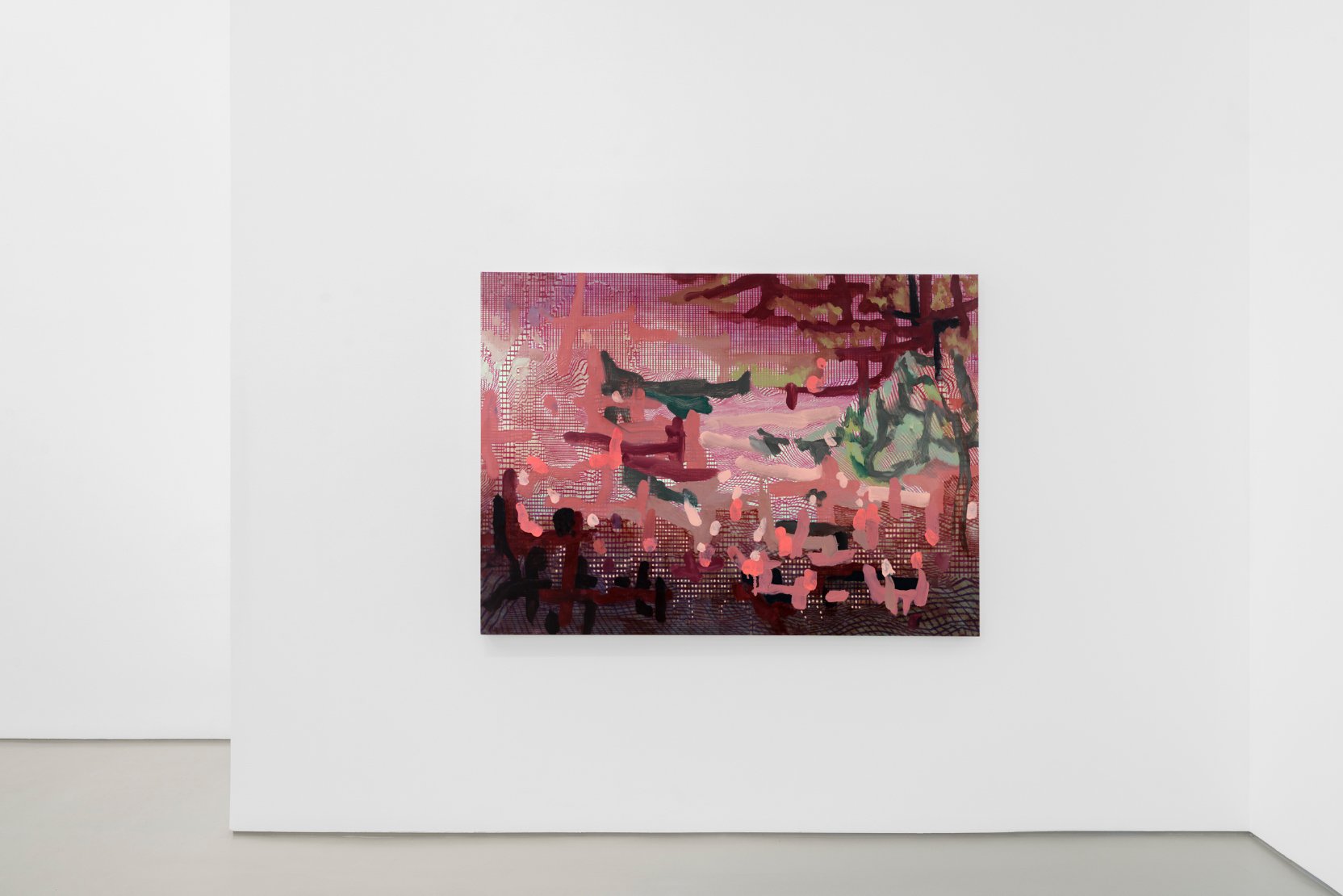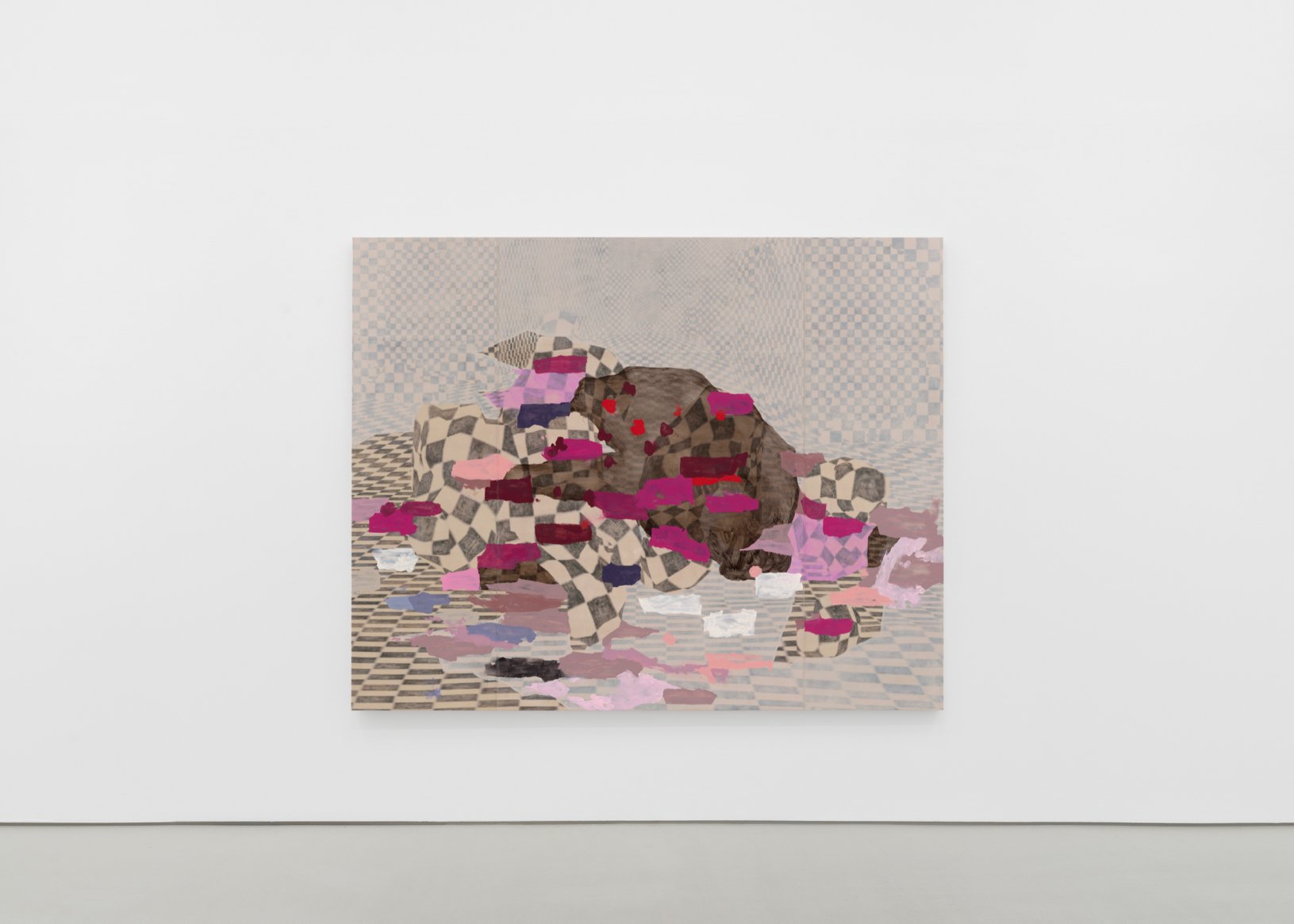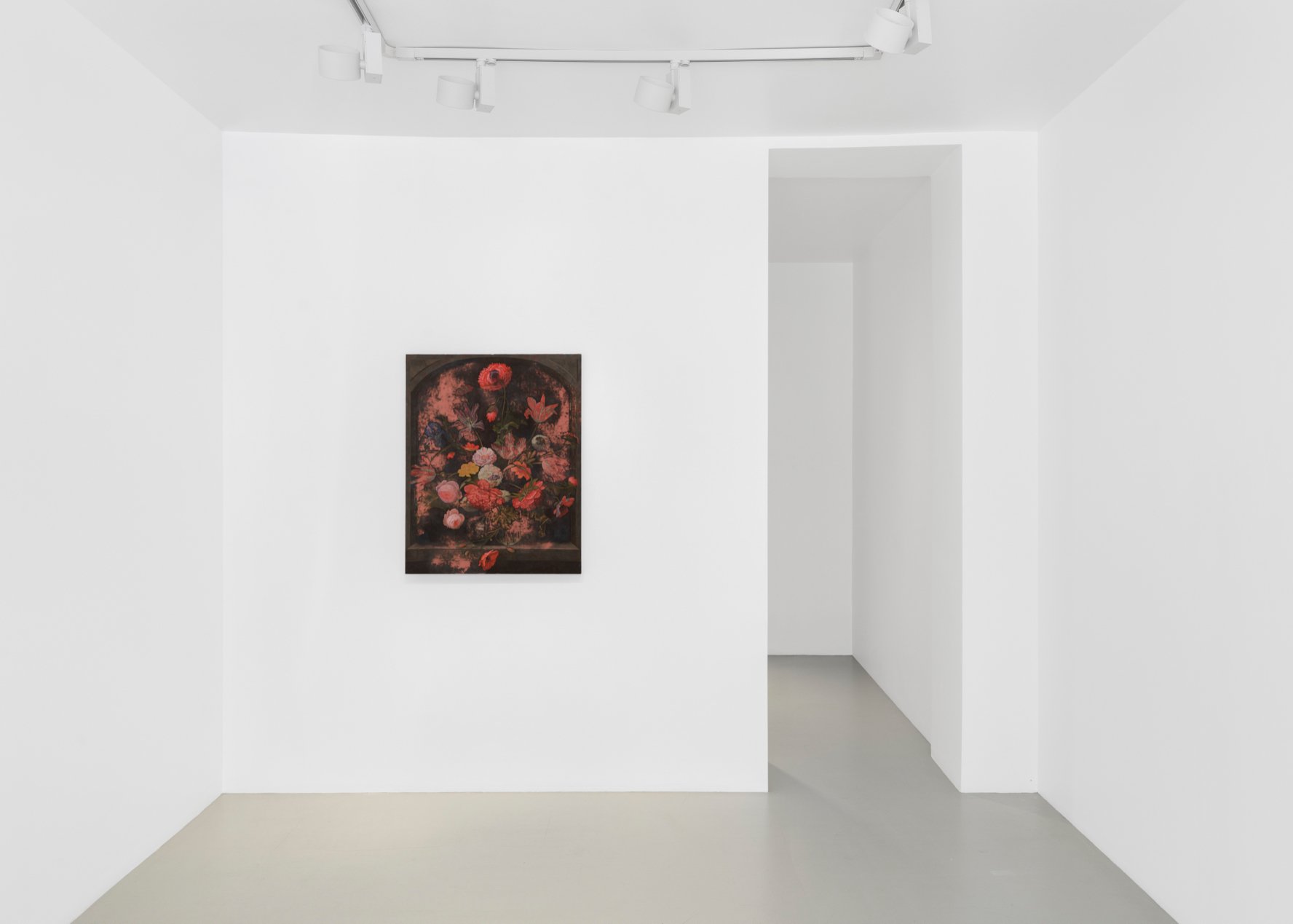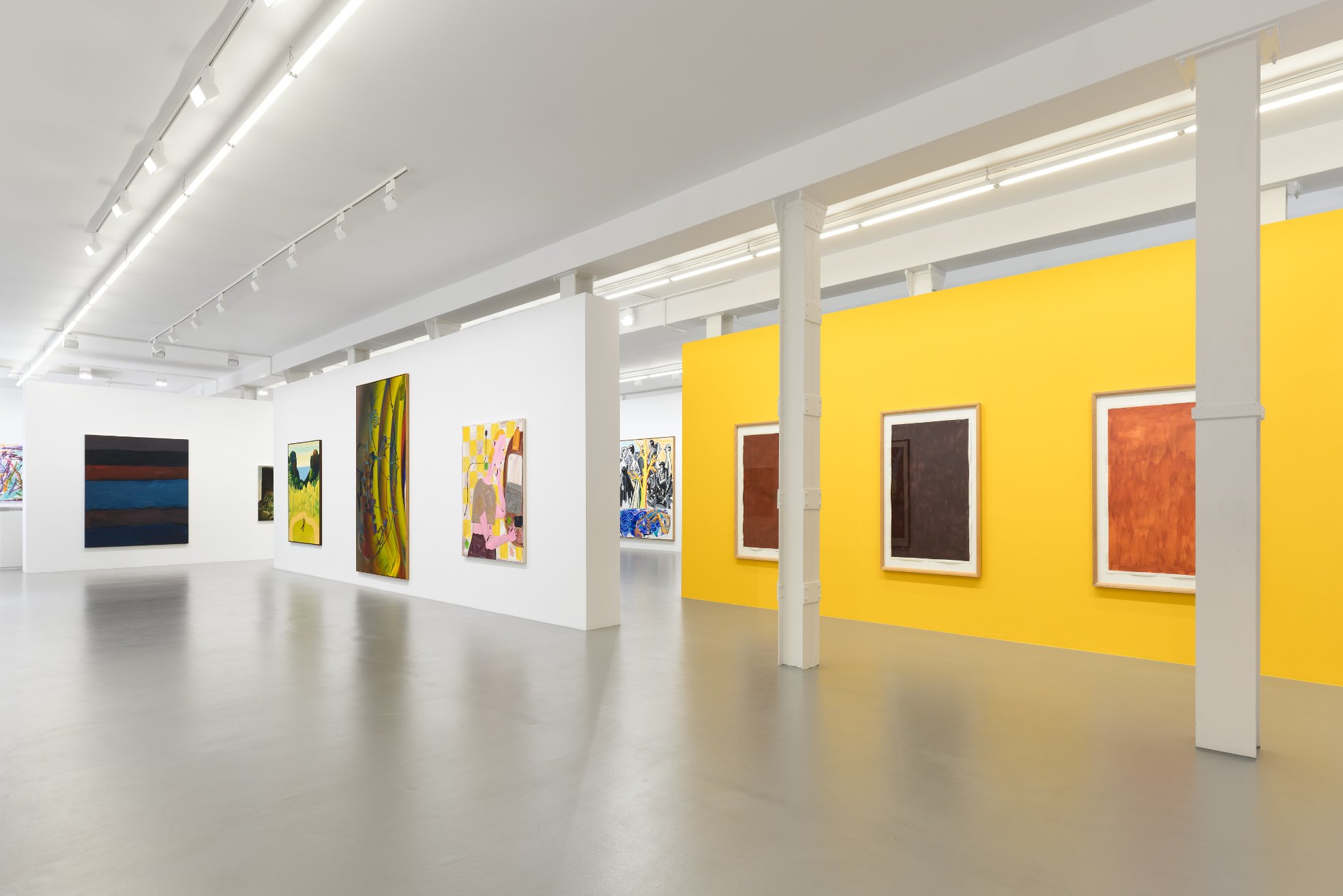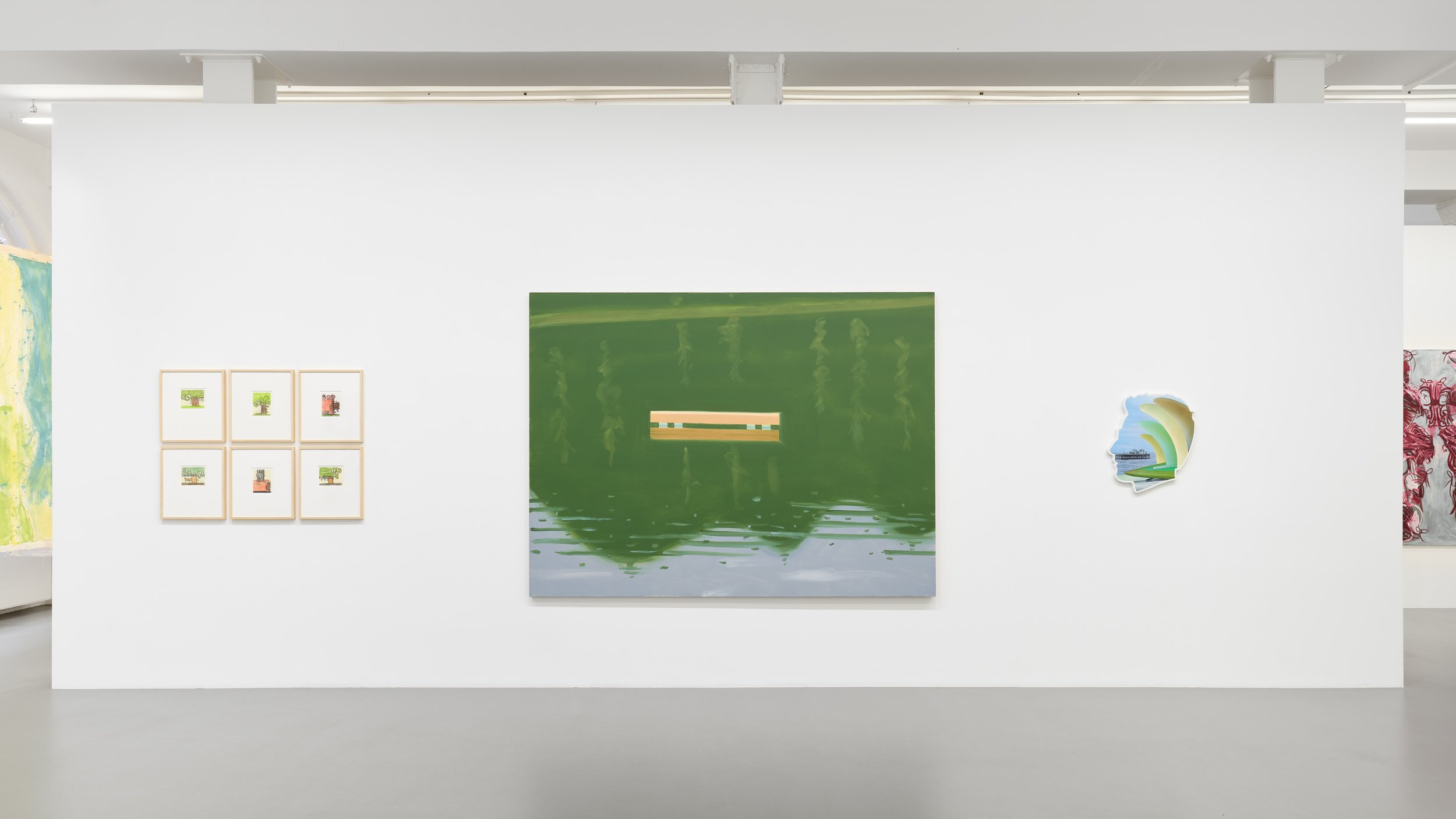Known for his paintings of man-made and natural landscapes, Jake Longstreth depicts American suburban and rural scenes with a clarity that is at once disquieting and subtly humorous. Devoid of human presence and bathed in perpetual midday light, these landscapes – among them American big box stores and chain restaurants – draw out a poetry of the everyday with a surprising warmth and painterly affection. Though American commercial developments may be considered a crass or ugly subject matter, Longstreth’s sunny neutrality underscores the fact that most Americans find them neither bleak nor remarkable. So ubiquitous that they are rarely truly seen, the stores and restaurants depicted in these compositions comprise a 21st-century version of the American commons. Longstreth encourages us to linger, be still, look. We might ask ourselves: What has become of these landscapes? What will become of them? Beyond the signature quietude of Longstreth’s landscapes, this body of work underscores the artist’s astute observation of landscapes in transformation. Revealed from unusual vantage points, tenderly rendered wildflowers, foliage, and trees cast dappled shadows on their surroundings, literally and metaphorically throwing into relief the cultivated domain that surrounds them.
Springtime at the Scottsdale, Arizona Walmart, is on view through March 2nd at Galerie Max Hetzler, Bleibtreustraße 15/16, Berlin.

